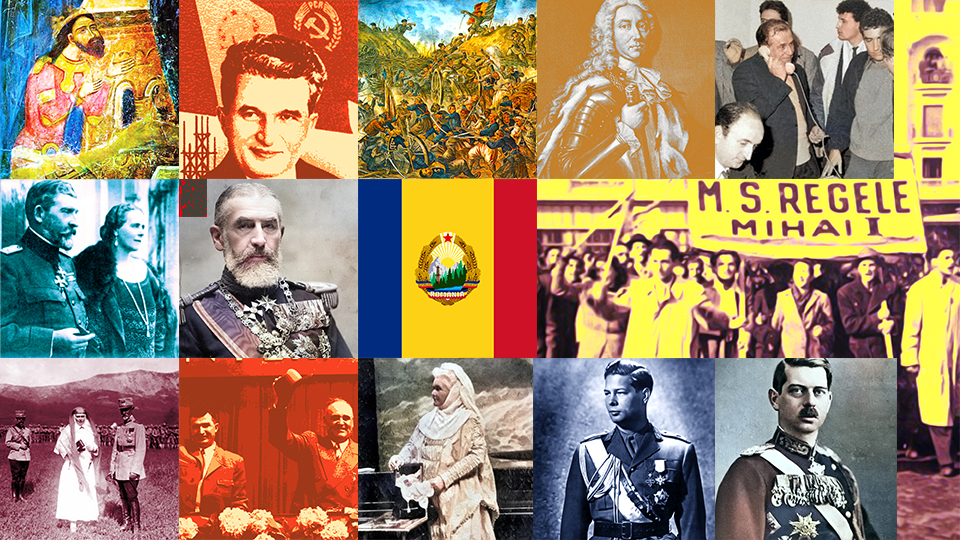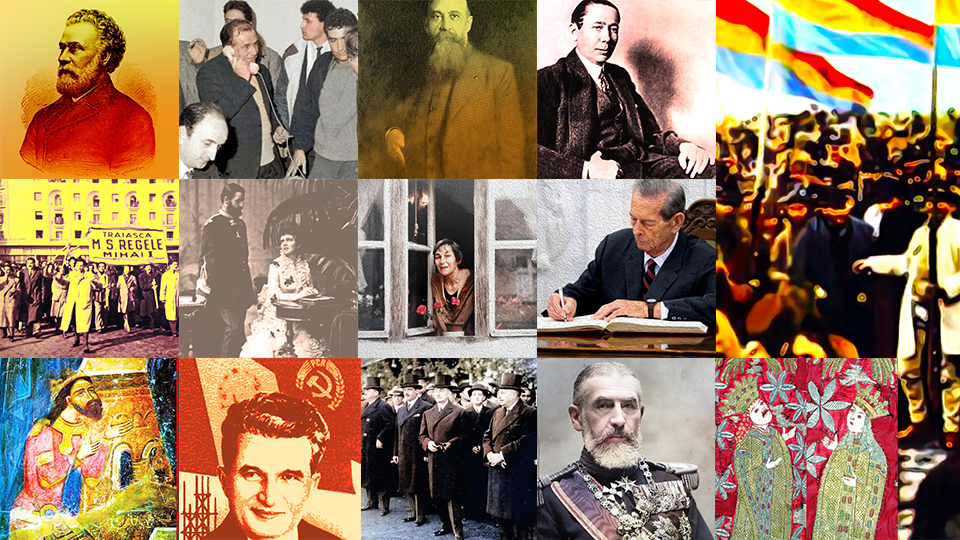Romania’s relations with the Vatican
The early Catholic presence in the Romanian extra Carpathian space is due to the kingdoms of Hungary and Poland.

Steliu Lambru, 10.06.2024, 14:00
The Romanian space, today inhabited by a mostly Christian-Orthodox population, was one of spiritual and religious confluence. The multi-confessional coexistence of Christians is attested since the Middle Ages, the sources recording information about the presence of minorities alongside the majorities: Catholics alongside Orthodox, Reformed and Evangelicals alongside Catholics and Orthodox, Greek Catholics and Roman Catholics together with Reformed and Orthodox, Neo-Protestants and the other denominations. The oldest Catholic presence in the Romanian space is in the intra-Carpathian territory, namely the archdiocese of Alba Iulia, which dates back to the 11th century. The ruler of Transylvania and the regent of Hungary Iancu of Hunedoara is buried in the Roman Catholic cathedral in the city of Alba Iulia. He was the father of the king of Hungary Matei Corvin, was of Catholic religion and Romanian origin, and died of the plague in 1456.
The early Catholic presence in the Romanian extra Carpathian space is due to the kingdoms of Hungary and Poland. There were Catholic bishoprics on the eastern and southern slopes of the Carpathians, namely the one from Siret, in the north, founded in the 13th century, the one from Milcov, at the bend of the Carpathians, also from the 13th century, and the one from Severin, where the Carpathians meet the Danube, from the 14th century. Until the rise of the Ottoman Empire in Southeastern Europe in the late 14th century, Catholics and Orthodox, although often divided by political ideas, were part of the same Christian world. The late Crusades were alliances between Catholic and Orthodox kings and princes, and the anti-Ottoman coalitions of the 17th and 18th centuries co-opted armies from all Christian denominations.
As the Ottoman influence north of the Danube declines starting from the 18th century and Western ideas of modernization penetrate the Principalities of Moldavia and Wallachia (Muntenia), the Catholic presence also increases. The first two kings of Romania from the Hohenzollern-Sigmaringen dynasty, Carol I and Ferdinand I, under whose rule the modern Romanian state was formed and expanded, were Catholic. In 1883, the Roman Catholic archdiocese of Bucharest was established, during the reign of Pope Leo XIII. And the apostolic letter “Praecipuum munus” of April 27, 1883, by which the Holy See raised the vicariate apostolic of Wallachia (Muntenia) to the rank of archbishopric, meant the recognition of the importance of the Romanian state, which became a kingdom in 1881.
At the end of the First World War, Romania and the Vatican formalize bilateral relations. If the Catholic presence in the Romanian space had been the historical bases on which the relations between the two states had been established, the opening of embassies began in 1920. In 1927, through the Concordat signed by the two parties, the practice of Catholic worship in Romania was guaranteed. The concordat stipulated, among other things, the recognition of the legal personality of the Catholic Church in Romania, the religious leaders had to be Romanian citizens, the Church could open schools, hospitals, orphanages and other social and educational institutions.
At the end of the Second World War, defeated and occupied by the Soviet army, Romania was completely subjugated by the new communist regime. The anti-Western policy of the pro-Soviet regime in Bucharest reached its harshest forms. In the relationship with the Vatican, it meant the denunciation of the concordat of 1927, on July 17, 1948. The unilateral break of diplomatic relations with the Vatican meant the abolition of the Catholic churches in Romania and the persecution of the faithful. While the Catholic foreigners were simply expelled from Romania, the Romanian citizens of Catholic faith were made political prisoners. Mother Clara, by her lay name Ecaterina Laszlo, entered the monastery at the age of 13 and was sentenced to 15 years in prison, of which she served 14. In 2003, she recollected in an interview for the Oral History Center of the Romanian Radio Broadcasting Corporation how she witnessed, as administrator of the building of the Apostolic Nunciature in Bucharest, its evacuation immediately after the decision of the Romanian authorities to break ties with the Holy See.
Mother Clara: “His Excellency O’Hara, the regent of the nunciature, was summoned to the Ministry of Foreign Affairs and was informed that he and his collaborators had to leave the country within 48 hours, but that he had the right to leave the building in the custody of an embassy which he could choose. Since the Swiss embassy was neutral, he chose this country. O’Hara was accused of espionage, that he was a spy for the Pope. And in 48 hours he had to leave. And there was this custom, when an embassy was leaving, to have a farewell dinner with the other ambassadors who were still in the country. And there was a dinner that evening, and at midnight, when it was over, the whole building was sealed, only one door was left in the basement for the sisters, for us who lived there, and there was a smaller house in the courtyard where three monks lived. We went out with lit candles at the main door, that’s where all the diplomats came out and that’s where the key was given to the Swiss embassy.”
Non-existent between 1948 and 1989, Romania’s relations with the Vatican were restored on the last day of 1989, on December 31, nine days after the fall of the communist dictatorship on December 22. And relations have developed, the first visit of a pope to an Orthodox country taking place 25 years ago, in 1999, when Pope John Paul II arrived in Romania. (LS)






























